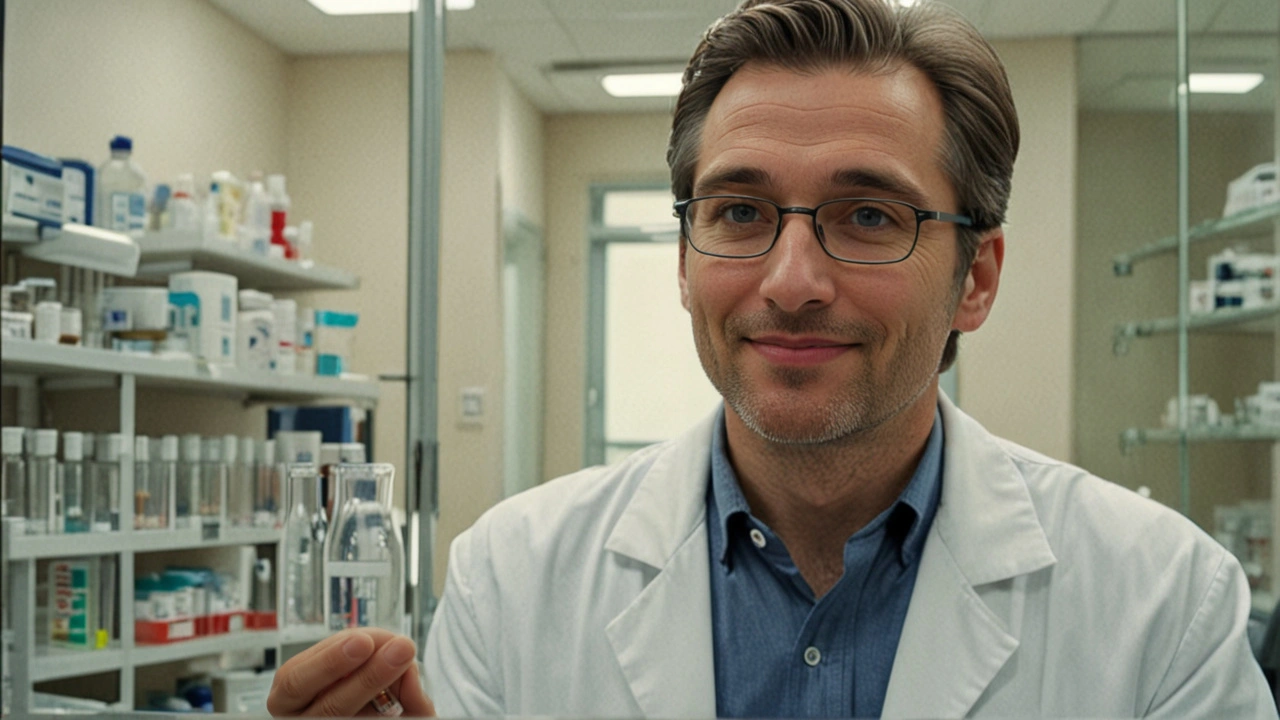Glaucoma Treatment: What Works Best for You?
If you’ve just heard the word "glaucoma," you might picture a scary disease that steals sight. The truth is simpler: it’s mostly about keeping eye pressure under control. Below you’ll find the most common ways doctors lower that pressure, plus some everyday habits that can help.
Medications – First Line of Defense
The easiest start is a prescription eye drop. These drops belong to three main families: prostaglandin analogs (like latanoprost), beta‑blockers (timolol) and carbonic anhydrase inhibitors (brinzolamide). Most people use one type, but some need a combo if pressure stays high.
How often you apply them matters. Some drops work once daily, others twice. Set a reminder on your phone – missing a dose can let pressure creep up again. If you feel irritation, don’t quit; talk to your eye doctor about switching brands or adding lubricating drops.
Procedures – When Drops Aren’t Enough
When meds alone don’t hit the target, doctors turn to laser or surgery. Laser trabeculoplasty is a quick office‑based treatment that opens drainage pathways with a burst of light. It’s painless and often delays the need for surgery.
If laser isn’t enough, surgical options like tube shunts or minimally invasive glaucoma surgeries (MIGS) create new routes for fluid to exit the eye. Recovery is usually short, but you’ll still need regular check‑ups to make sure pressure stays low.
Every procedure has risks – infection, inflammation or temporary vision blur – so weigh them with your doctor. Most patients find that a successful surgery lets them cut back on drops, which many appreciate.
Lifestyle Tips That Support Treatment
Beyond meds and procedures, everyday habits can keep pressure steady. Exercise like walking or swimming helps lower eye pressure, but avoid heavy weight‑lifting that spikes it temporarily.
Caffeine can raise pressure a bit; try to limit coffee to one cup a day if you’re sensitive. Keep your eyes hydrated with artificial tears, especially if you use drops that dry them out.
Regular eye exams are non‑negotiable. Even if your vision feels fine, glaucoma can sneak up without symptoms. A quick check of pressure and optic nerve health lets doctors catch changes early.
Natural Supplements – What the Evidence Says
People often ask about herbs or vitamins that might help. Some small studies suggest omega‑3 fatty acids and certain antioxidants could support eye health, but they don’t replace proven meds. If you want to try supplements, discuss dosage with your doctor to avoid interactions.
Remember, the backbone of glaucoma care is monitoring pressure and following treatment plans. Supplements are a nice add‑on, not a stand‑alone solution.
Putting It All Together
The best glaucoma plan mixes medication, possible laser or surgery, and healthy habits. Start with drops, follow up on your eye doctor’s recommendations, and stay consistent with appointments.
If you ever feel new floaters, blurry spots or sudden vision loss, treat it as an emergency – it could mean pressure spikes that need immediate care.
Glaucoma can be managed; the key is staying informed, sticking to your regimen, and keeping open communication with your eye specialist. With the right approach, you can protect your sight for years ahead.
